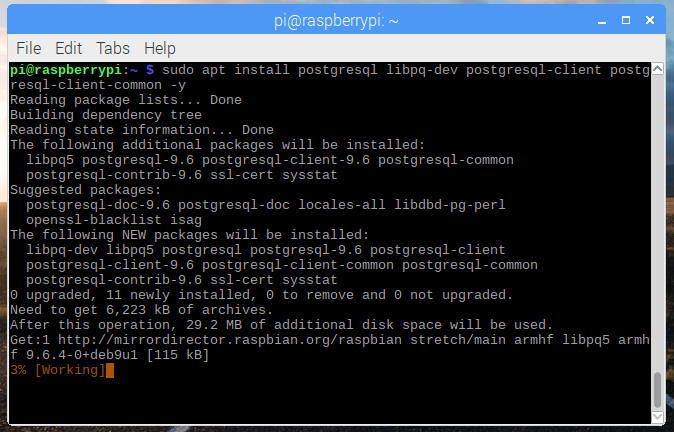
It introduces ICU collation the default collation for a cluster or an individual database. PostgreSQL 15 removes both the long-deprecated “ exclusive backup” mode and support for Python 2 from PL/Python. New built-in extension known as pg_walinspect: that lets users inspect the contents of write-ahead log files directly from a SQL interface. New row filtering and column lists for publishers have been introduced, allowing users to replicate a subset of data from a table. More Options with Logical Replication: It is more flexible when managing logical replication. It alos allows users to create views that query data using the permissions of the caller, not the view creator. Expressive Developer Features: It includes the SQL standard MERGE command that lets users write conditional SQL statements that can include INSERT, UPDATE, and DELETE actions within a single statement. Improved Sort Performance and Compression: There has been an improvement in in-memory and on-disk sorting algorithms as viewed form benchmarks. This outputs the log data using a defined JSON structure, thus allowing the logs to be processed in structured logging systems. Logging and Configuration Enhancements: It introduces a new logging format known as jsonlog. It has been in active development for over 30 years resulting in high resilience and performance with notable levels of data integrity. PostgreSQL was first developed in 1986 as part of the Postgres project at the University of California at Berkeley. PostgreSQL is an open-source database management system that holds a high reputation in robustness, reliability, and data integrity. 
type \l for the list command that list current database instances on this cluster postgres=# \l List of databases Name | Owner | Encoding | Collate | Ctype | Access privileges -+ - + - + -+ - postgres | postgres | UTF8 | en_US.UTF-8 | en_US.UTF-8 | template0 | postgres | UTF8 | en_US.UTF-8 | en_US.UTF-8 | =c/postgres + | | | | | postgres=CTc/postgres template1 | postgres | UTF8 | en_US.UTF-8 | en_US.In this short article we shall perform the installation of PostgreSQL 15 on CentOS 7 / RHEL 7. We can check configs and whatnot from /var/lib/pgsql/10/data Now we can verify the install - copied from terminal - init the cluster ~]# /usr/pgsql-10/bin/postgresql-10-setup initdb Initializing database … OK - start the service ~]# systemctl start rvice - switch to postgres user ~]# su - postgres - enter psql interactive terminal -bash-4.2$ psql psql (10.4) Type “help” for help.

# /usr/pgsql-10/bin/postgresql-10-setup initdb Use this command to init the cluster in its default location on the system disk. The result of the above command should look something like this ^^^ 4.






 0 kommentar(er)
0 kommentar(er)
